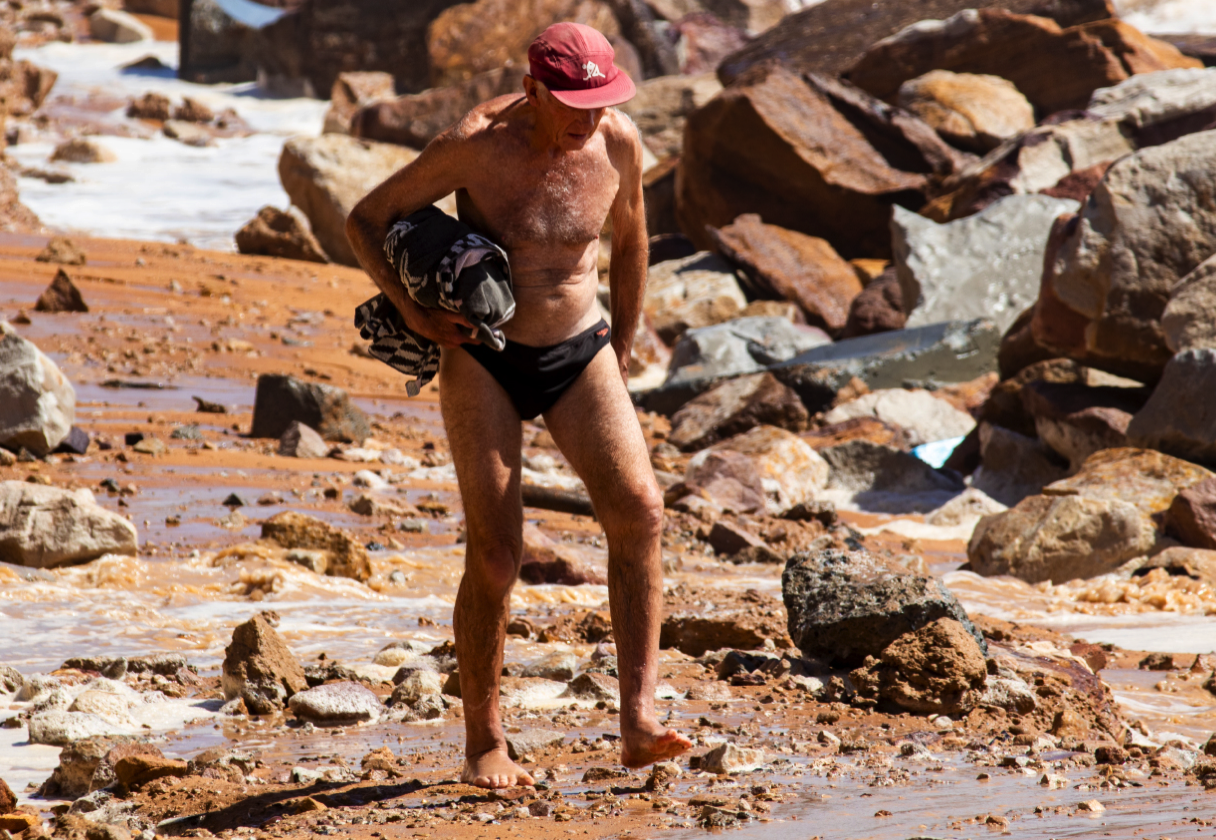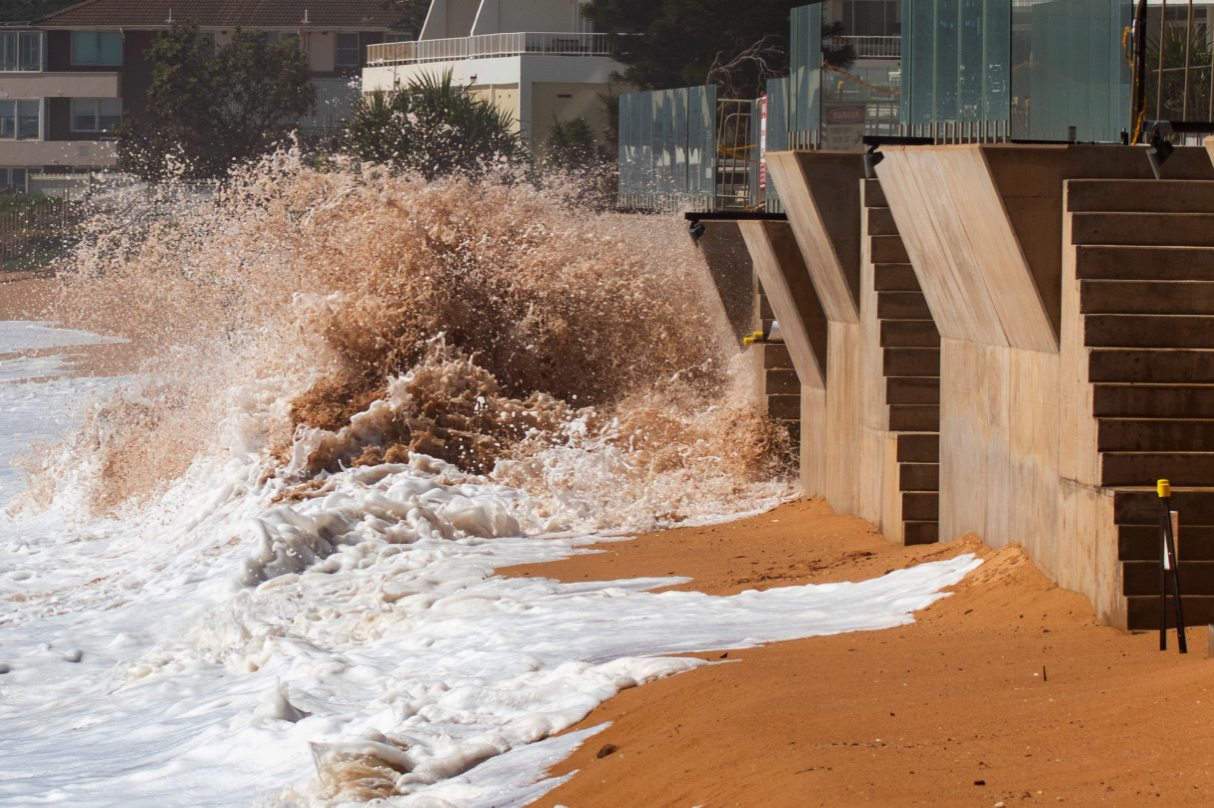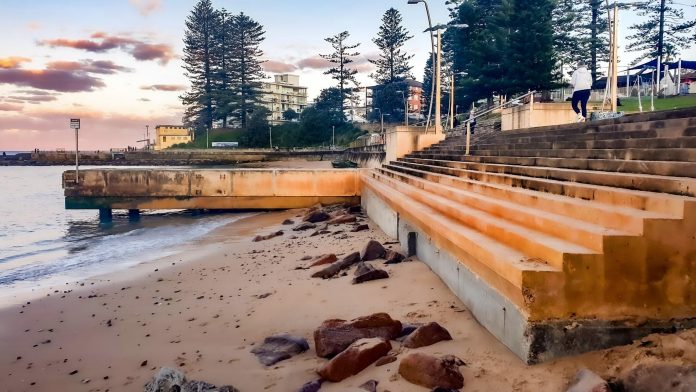A steady diet of swell has left little sand on many of our beaches – and it’s getting worse, reports Stu Net from swellnet.
“There’s not much sand left; all the beaches are in a very denuded state.”
I’m talking to Dr Mitchell Harley, who’s professional resumè lists him as a Senior Lecturer at the University of NSW, but among those of us with a surf/science bent Dr Harley is the sand guy. Through his work at the Water Research Laboratory and CoastSnap he closely monitors beaches here in Australia, and also around the world, though right now he’s talking specifically about Australia’s East Coast.

“They’re not the worst I’ve seen them,” continues Dr Harley, “but in terms of erosion, certainly they’re in the lowest 10%.”
It’s a startling observation from someone who takes a broad view of all beaches, not just those within range of his daily surfs. And the reason isn’t to do with sand volume being in the lowest decile, but rather the timing. You see, our conversation was in March. Early autumn. When the beaches are traditionally at their very widest.
The reason it’s taken so long for this article to appear is because from the first week of April to early June, the East Coast went into an improbable and unseasonal slumber.

Yet with la Niña sustaining throughout the western Pacific the quiet times couldn’t last, and they didn’t. June saw a series of long range south swells, and the month ended with a more damaging East Coast Low unleashing chaotic short-range swell from the east, plus days of tropical rain – which presents its own problems, as we’ll soon see.
To get a grasp of what’s happening we need to zoom out, to look both beyond our local beach to the region in general, and also to assess what’s happening across time; to understand the changes over years not seasons. September 2020 is the obvious starting point, as that’s when the current la Niña kicked off.



